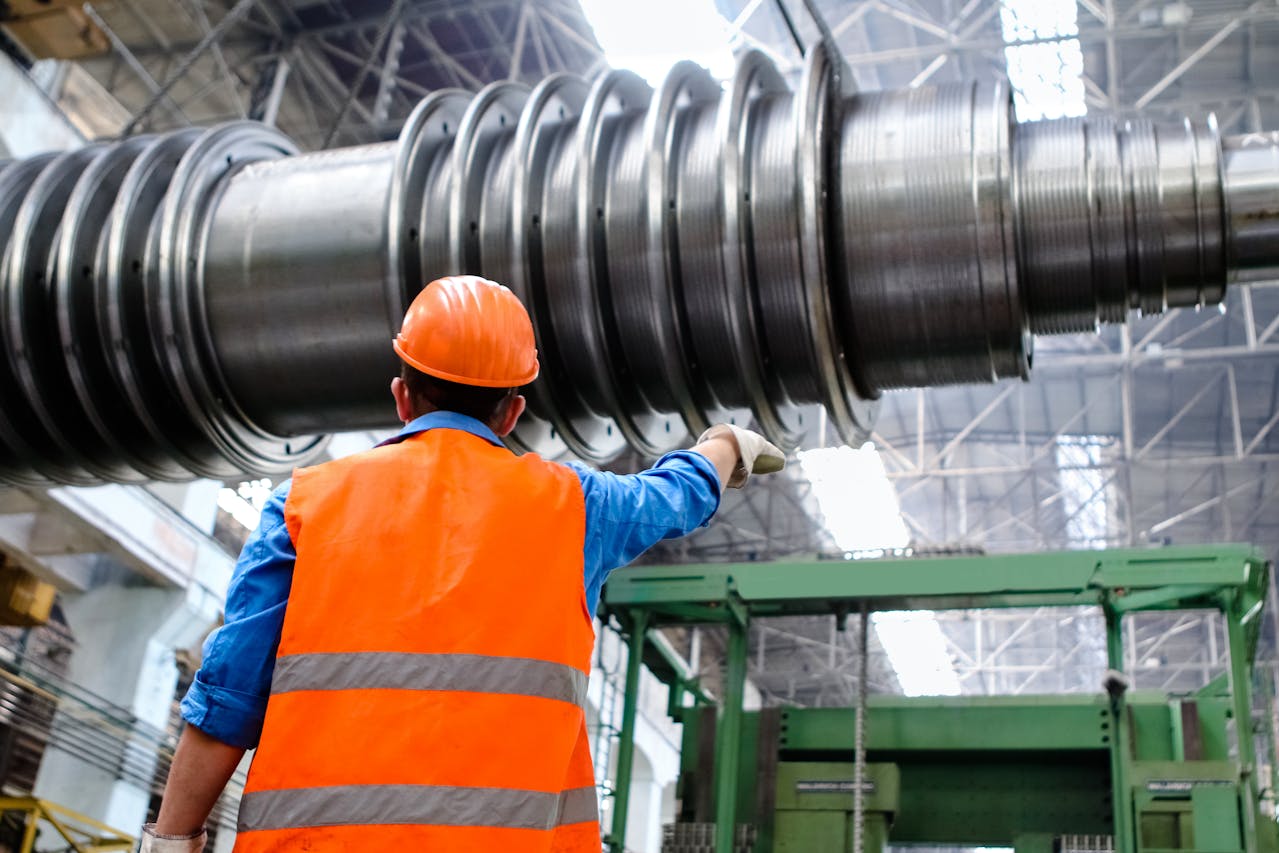Sheet metal is undeniably important in operations across a wide range of sectors. Sheet metal has been made of steel or aluminum but still has a thinner and flattened shape. Regardless, sheet metal changes are widespread and necessary based on the purpose. This is when sheet metal component shaping enters the picture.
Because of its machinability, ductility, and compressive strength, sheet metal gets frequently employed. Manufacturers must so focus on a single goal: shaping malleable materials while maintaining structural stability. Manipulation is accomplished in a variety of methods and even to a variety of tolerances.
Metal Bending Definition
Metal flexing is the technique of applying pressure to metallic materials in order to form them into a predefined form. This enables the steel to flex at an inclination, forming a certain shape. A pressing brake device is typically used to flex the steel plates in this process.
Types of metal bending
Metal bending is classified into three categories. These classifications are built on the link between the placement of the finishing tool and the sheet thickness.
Air bending
Owing to its excellent, such as requiring less force to drive the blow point over the metal’s layer and requiring less load for flexing, this remains the most used method involving metal bending.
The method of shaping materials by pushing a jab into them and driving them into something of a lower V-die is being installed on a machine is known as air bending. As a result, the space between the blow and also the V’s sidewalls might be higher than the sheet thickness.
Air bending, contrary to the other forms, generally make the least level of interaction with the substance since the machinery only contacts it at 3 parameters: the blow, the edge, and also the die arms. While its downsides include challenges in producing accurate stroke level and the layer’s difficulty in retaining connection with the castings.
Bottoming
Bottoming, also known as bottom flexing, is the process of pushing sheet metal towards the base of a predefined die to generate a predetermined angle and structure. Bottoming bends are determined by the placement and form of the casting angle. Furthermore, the crushed sheet metal cannot bounce back. This is due to the punch’s pressure as well as the die’s inclination conforming the steel plates to a concrete solution.
Bottoming has the benefits of improved precision and fewer spring-backs, but it also has the problem of requiring a distinct tool for each inclination point, sheet size, and substance.
Coining
Coining is a bending procedure that is commonly used because of its accuracy and capability to form distinct plates. There is hardly any spring-back of plates during the procedure. This is due to the object penetrating the steel plates at a tiny radius, resulting in the depression seen around a coin can differentiate plates from one another.
The benefits of coining include that, in order to generate great outcomes, precision is required, and this may be done using the coining process. Coining also eliminates the problems associated with spring-back.
Application
Metal sheet bending is essential in the automobile industry. Today’s automobiles are more than simply four-wheeled boxes, and paneling edges have a specified curvature, which aids in visual uniformity. Sheet-metal bending, and in the circumstance of supporting pillars, serves as a link between visual appeal and owner safety.
Bending procedures will be used in every application that requires a distinctive form. The aircraft sector is another famous instance. Al metal and titanium alloys are extensively used to make commercial and military planes. These metallic combinations are extremely malleable and keep their forms well. Like characteristics are critical for curved constructions such as airframes, rotors, and engine installations.
Final thoughts
The desire for custom-made items will never go away, and unique metallic products necessitate skills of sheet metal flexing. As a result, this article explained sheet metal, its significance, and information you really would like to understand on how to flex sheet metal towards the desired shape.
Folding steel plates may be difficult. It is, nevertheless, fairly simple if you have a basic grasp of the procedure. You must be aware of the tactics to employ as well as the instruments at your disposal. Please feel free to contact any metal sheet bender in Marysville if you have any queries or need more information.

